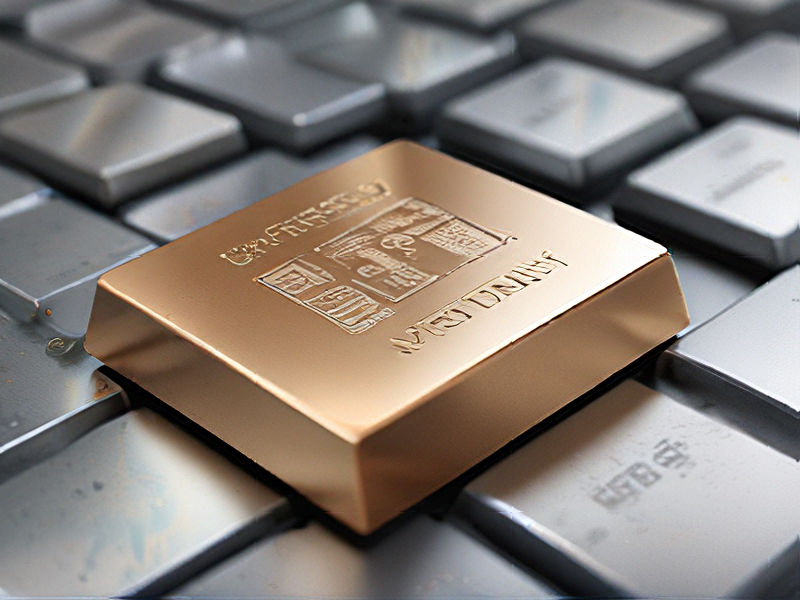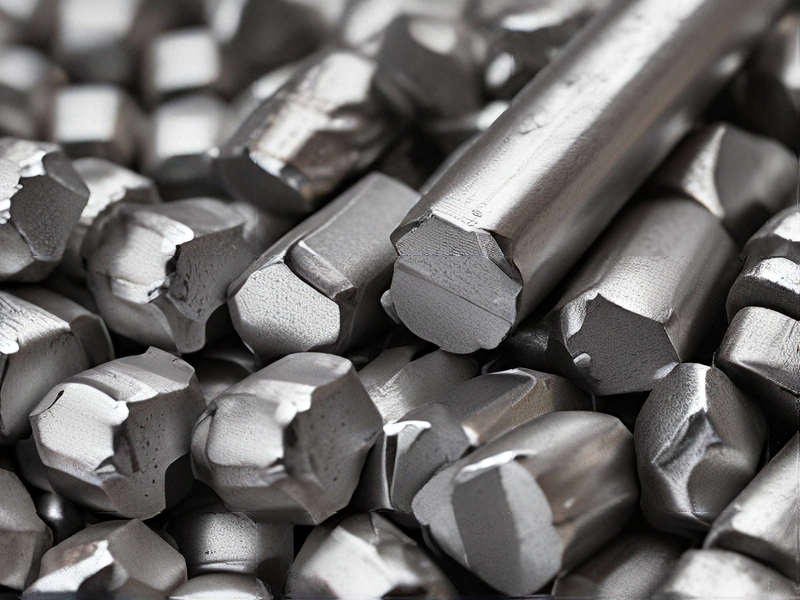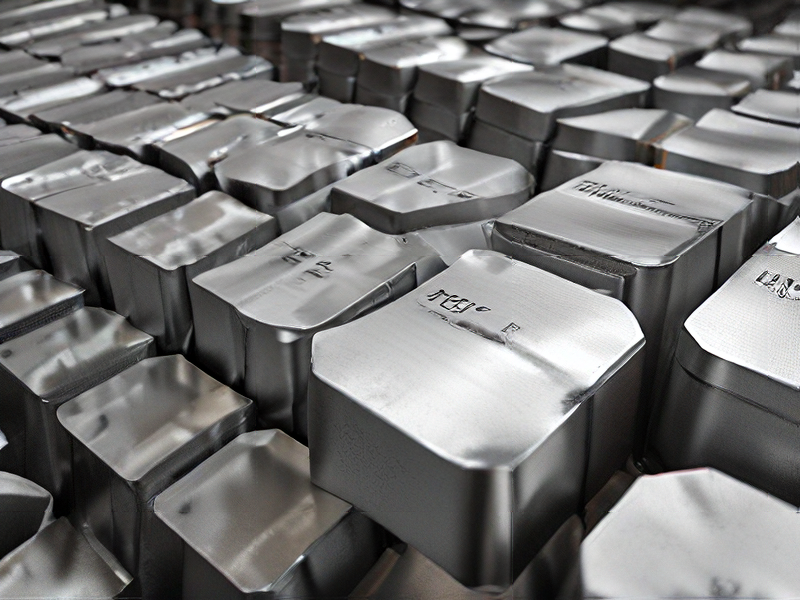Technology and Applications of softest metals
Soft metals like gold, lead, indium, and tin are known for their malleability, ductility, and other unique properties, which have led to a range of technological applications:
Gold
– Electronics: Gold’s excellent conductivity and resistance to tarnish make it ideal for connectors, switches, and relay contacts in electronics.
– Dentistry: Gold alloys are used in dental restorations due to their biocompatibility and durability.
– Aerospace: Used in thin layers to coat spacecraft components to protect against radiation and heat.
Lead
– Batteries: Lead-acid batteries are widely used in vehicles and backup power supplies.
– Radiation Shielding: Lead’s high density makes it effective for shielding against X-rays and gamma rays in medical and industrial settings.
– Construction: Used in roofing and as a component in solders.
Indium
– Touchscreens and Displays: Indium tin oxide (ITO) is a transparent conductor used in touchscreens, LCDs, and solar cells.
– Semiconductors: Indium is used in semiconductor materials like indium phosphide and indium antimonide for high-speed electronics and infrared detectors.
– Solder: Indium-based solders are used in electronics where high-temperature performance is required.
Tin
– Soldering: Tin is a major component in solders used for joining electronic components due to its low melting point and good wetting properties.
– Coatings: Tin plating is used to prevent corrosion in steel cans and other packaging materials.
– Alloys: Used in various alloys such as bronze (with copper) and pewter.
These soft metals’ properties enable innovations across multiple industries, enhancing the functionality and durability of modern technology.

Quality Testing Methods for softest metals and how to control quality
Quality testing of the softest metals, such as lead, tin, and gold, involves various methods to ensure their properties meet specific standards. These methods focus on assessing mechanical properties, chemical composition, and surface quality.
1. Hardness Testing
– Vickers Hardness Test: Measures the resistance of the metal to indentation using a diamond pyramid.
– Brinell Hardness Test: Uses a hardened steel or carbide ball to indent the material and measure the diameter of the indentation.
2. Tensile Testing
– Determines the tensile strength, yield strength, and elongation. A sample is pulled until it breaks to measure its resistance to tension.
3. Chemical Analysis
– Spectroscopy (ICP-OES, XRF): Identifies and quantifies the elemental composition to ensure purity and detect impurities.
– Wet Chemical Analysis: Traditional method involving chemical reactions to identify metal composition.
4. Microstructural Examination
– Optical Microscopy: Examines the grain structure and phase distribution.
– Scanning Electron Microscopy (SEM): Provides high-resolution images for detailed analysis of the surface and microstructure.
5. Surface Quality Inspection
– Visual Inspection: Detects surface defects such as cracks, pits, or inclusions.
– Non-Destructive Testing (NDT): Techniques like ultrasonic testing or dye penetrant inspection for subsurface defects.
Quality Control Measures
1. Standards and Specifications: Adherence to industry standards (e.g., ASTM, ISO) ensures consistent quality.
2. Process Control: Monitoring and controlling manufacturing processes through statistical process control (SPC) to minimize variability.
3. Supplier Quality Management: Regular audits and quality checks of suppliers to ensure raw material quality.
4. Quality Assurance Programs: Implementation of Quality Management Systems (QMS) such as ISO 9001 to standardize procedures and documentation.
Conclusion
Quality testing and control of soft metals involve a combination of hardness and tensile testing, chemical analysis, microstructural examination, and rigorous inspection protocols. Ensuring adherence to standards, controlling processes, and managing supplier quality are crucial for maintaining the desired properties and performance of these metals.

Tips for Procurement and Considerations when Purchasing from softest metals
Tips for Procurement and Considerations When Purchasing Soft Metals
#### Understand Material Properties
– Softness and Malleability: Soft metals like aluminum, gold, and lead are highly malleable. Ensure the chosen metal suits your specific application requirements, such as forming or shaping processes.
– Durability: Soft metals can be prone to wear and tear. Consider the operational environment and potential exposure to stress or corrosive elements.
#### Supplier Evaluation
– Reputation and Reliability: Choose suppliers with a proven track record of delivering quality materials on time.
– Certifications and Standards: Ensure the supplier adheres to industry standards and possesses necessary certifications to guarantee material quality.
#### Cost Analysis
– Price Fluctuations: Soft metals, particularly precious ones like gold, can have volatile market prices. Monitor market trends and consider long-term contracts to lock in favorable rates.
– Total Cost of Ownership: Factor in costs beyond the initial purchase, such as transportation, storage, and handling, as soft metals might require special care.
#### Quality Control
– Material Testing: Implement stringent quality control measures to test for purity, consistency, and compliance with specifications.
– Batch Consistency: Ensure consistency across different batches to maintain uniformity in your products or applications.
#### Environmental and Regulatory Compliance
– Regulations: Stay updated with local and international regulations regarding the procurement and use of specific soft metals, especially those that might have environmental or health impacts, such as lead.
– Sustainability: Consider the environmental footprint of your procurement practices and explore options for recycling and responsible sourcing.
#### Logistical Considerations
– Storage Requirements: Soft metals might require specific storage conditions to prevent damage or degradation.
– Supply Chain Management: Develop a robust supply chain strategy to mitigate risks related to availability and delivery timelines.
By addressing these considerations, you can optimize your procurement strategy for soft metals, ensuring high-quality, cost-effective, and compliant purchasing decisions.

FAQs on Sourcing and Manufacturing from softest metals in China
Certainly! When sourcing and manufacturing with soft metals like aluminum or copper in China, it’s essential to address key considerations:
1. Supplier Selection: Choose suppliers with expertise in handling soft metals. Look for certifications (ISO, ASTM) and experience in your specific metal type to ensure quality and reliability.
2. Quality Control: Implement rigorous quality control measures throughout production. Inspect raw materials, monitor machining processes, and conduct final inspections to meet international standards.
3. Cost Management: Soft metals can vary in price due to market fluctuations. Negotiate pricing based on market trends and bulk orders to optimize costs without compromising quality.
4. Logistics and Shipping: Coordinate logistics efficiently to minimize transport costs and ensure timely delivery. Consider proximity to ports or shipping hubs for easier export.
5. Compliance and Regulations: Understand local and international regulations for exporting soft metals. Ensure suppliers adhere to environmental and labor standards for ethical sourcing.
6. Communication: Maintain clear and frequent communication with suppliers to address any issues promptly. Use translators or bilingual staff if language barriers exist.
7. Customs and Import Duties: Familiarize yourself with import duties and customs procedures to avoid delays or additional costs when importing raw materials or finished products.
By prioritizing these factors, businesses can effectively navigate sourcing and manufacturing soft metals in China while maintaining quality, cost-efficiency, and compliance with regulatory standards.

